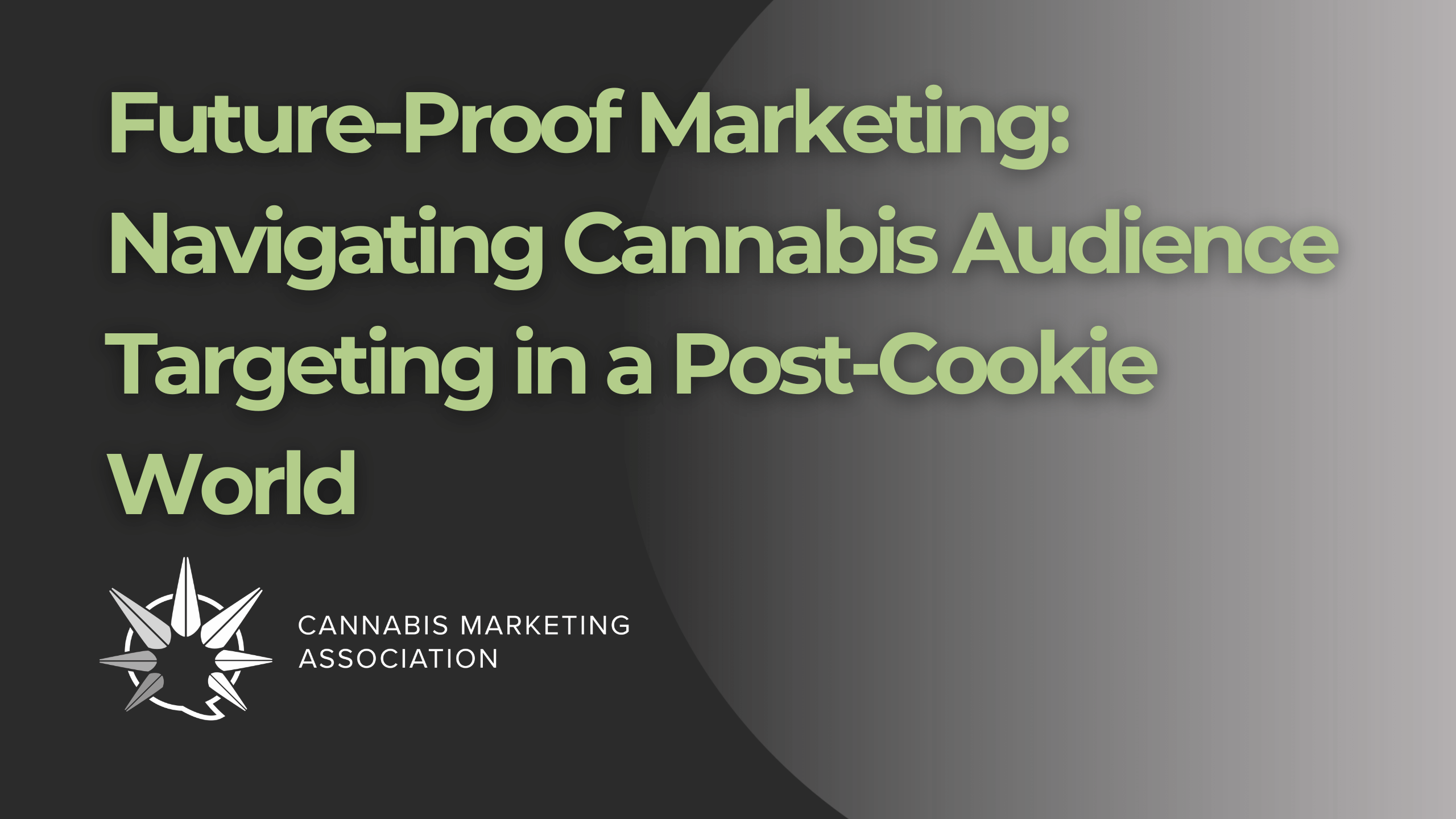By Lauren White, Director of Partnerships — Beverage Alchohol & Cannabis, VDX.tv
If the cannabis advertising landscape isn’t complex enough, toss in Google’s third-party cookie deprecation, and you have yourself more questions than answers! This has been an ongoing conversation in digital marketing for several years, and it’s looking like we’re nearing the transition by the end of 2024. What exactly does that mean?
Third-party cookie deprecation will fundamentally alter how all brands, including cannabis brands, target their audiences, pushing them to adopt new strategies that respect user privacy while still delivering effective marketing. Here are several ways the end of third- party cookies will impact these brands and how household targeting emerges as a robust solution amidst this transformation.
1. Shift to First-Party Data and Cookieless Solutions
The first and perhaps most immediate impact will be increased reliance on first-party data and cookieless solutions. Cannabis brands, which have historically faced marketing challenges due to legal restrictions state-by-state, will need to become even more inventive. With the inability to track users across the web using third-party cookies, companies will have to ingest audiences via their own first-party data. This means collecting information directly from consumers through interactions on their websites, social media platforms, or in-store purchases as an example.
However, first-party data has its limitations in reach and scale, which is where other cookieless solutions like LiveRamp’s RampID come in. RampID allows for the identification of users in a privacy-centric way, using data that the user has consented to share. It’s a bridge between the user’s anonymity and the advertiser’s need for targeting, all without the privacy concerns of third-party cookies.
Additionally, alternatives like The Trade Desk’s Unified ID 2.0 offer a universal identifier based on email addresses that users consent to provide. It can work across different platforms and devices, maintaining user privacy through anonymization techniques. It’ll be important for your marketing teams to look into these different options as a resource.
2. New Strategies for User Targeting
Instead of relying on cookie-based profiles and pixels to match combinations of behaviors, advertisers will have to link behaviors using those unique identifiers mentioned. For cannabis brands, this could mean leveraging location data, purchase history, and content preferences to create a composite view of their target audience.
For example, a user who frequently visits a CBD or THC-related website, or engages with cannabis content on social media, might be targeted based on those interests using
identifiers that are not reliant on cookies. This approach ensures that advertisers can still reach that individual with relevant messaging, but it also means rethinking the definition of valuable user behaviors and how you’ll match them to your goals and KPIs. This is key.
Household targeting, or targeting users at the household level, stands out as a particularly robust solution in this new ecosystem. It provides maximum measurable and targetable reach of the population without relying on unproven frameworks or niche identifiers. Furthermore, in 2020, the CDC reported that, “Nearly 18% of adults employed full-time, and nearly 21% of adults employed part-time, reported using cannabis during the previous year.” These consist of professionals winding down for the evening, or parents looking to relax at home on the weekends in a similar way they’d enjoy a beer. The decisions are now being shared among adults in the household, and it’s important to meet those consumers where they are at.
3. Conversion Attribution Challenges and Opportunities
So, what else will be going away? Well, conversion attribution will change a bit. Determining which ads led to which sales is a cornerstone of digital advertising, but without cookies tracking every click, attribution will become more complex. Brands will have to find new ways to understand the effectiveness of their ads, and understand what is driving that individual to a dispensary, and so forth.
While this presents challenges, it also opens an opportunity to build something better. Household-level attribution aligns with broader industry trends towards greater consumer control over data. By focusing on aggregate data rather than individual tracking, cannabis brands can respect user privacy while still gaining valuable insights into their campaigns’ performance.
Moving Forward with Privacy-Centric Strategies
By embracing household targeting, first-party data collection, and cookieless solutions like RampID and Unified ID 2.0, cannabis brands can achieve effective targeting and attribution without compromising on privacy.
The key to success in this new era will be flexibility and a willingness to experiment with new technologies. Brands that can adapt quickly and prioritize the user experience will not only comply with the new regulations but also build trust with their audience – a valuable commodity in any industry.
The end of third-party cookies marks the beginning of a more privacy-conscious era. For cannabis brands, it means embracing new strategies that respect user privacy while still achieving our marketing goals. The transition may be complex, but the potential rewards are significant for those willing to innovate, learn, and utilize resources that organizations such as the Cannabis Marketing Association have put together to support those in the industry.
 Author
Author
Lauren White is a professional marketing and brand executive with over a decade of experience and a passion for digital, retail, and e-commerce strategy in the consumer products industry. As Director of Client Partnerships at VDX.tv, Lauren has played a pivotal role in driving the success of high-profile premium CPG brands – specializing in the beverage alcohol and CBD category. Lauren is a founding member of Tech Up for Women, BIPOCANN Service Partner Member, and plays an active role in the Alliance for Women in Beer.
Discover more cannabis marketing content and visit CMA’s blog.
For more information on becoming a member of Cannabis Marketing Association, visit our membership page.


